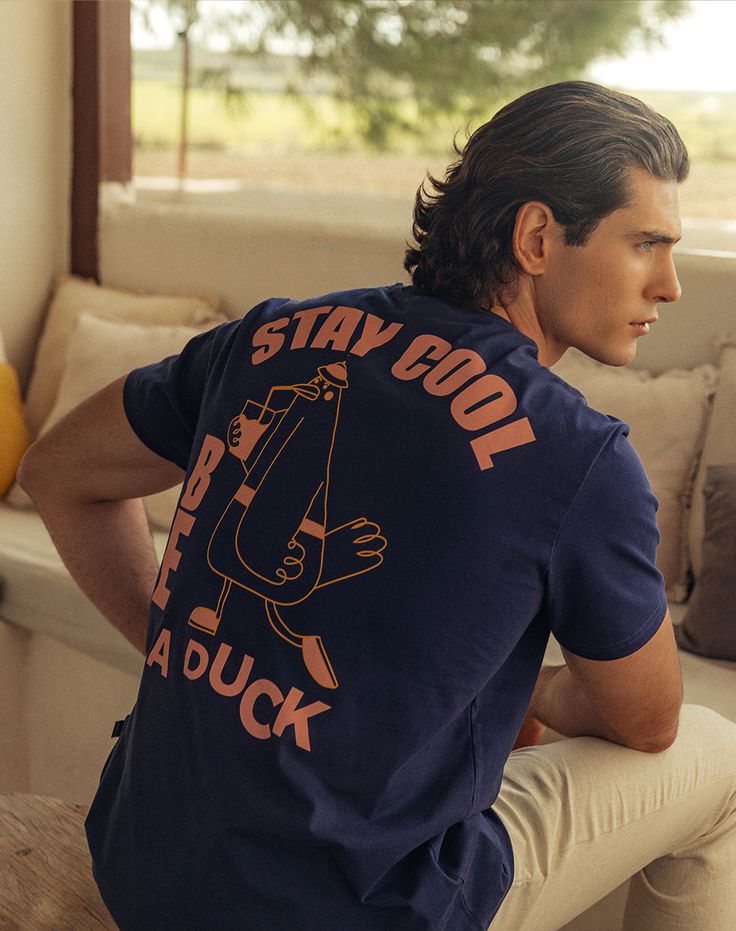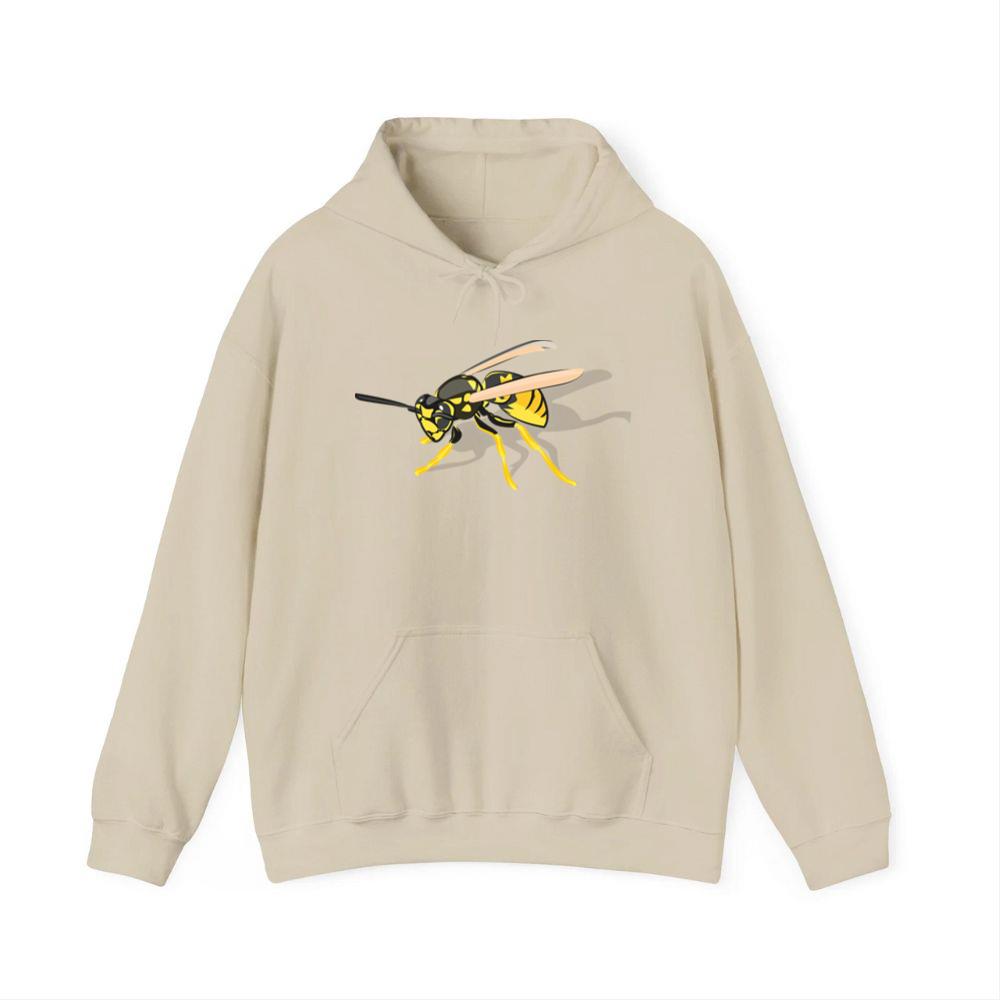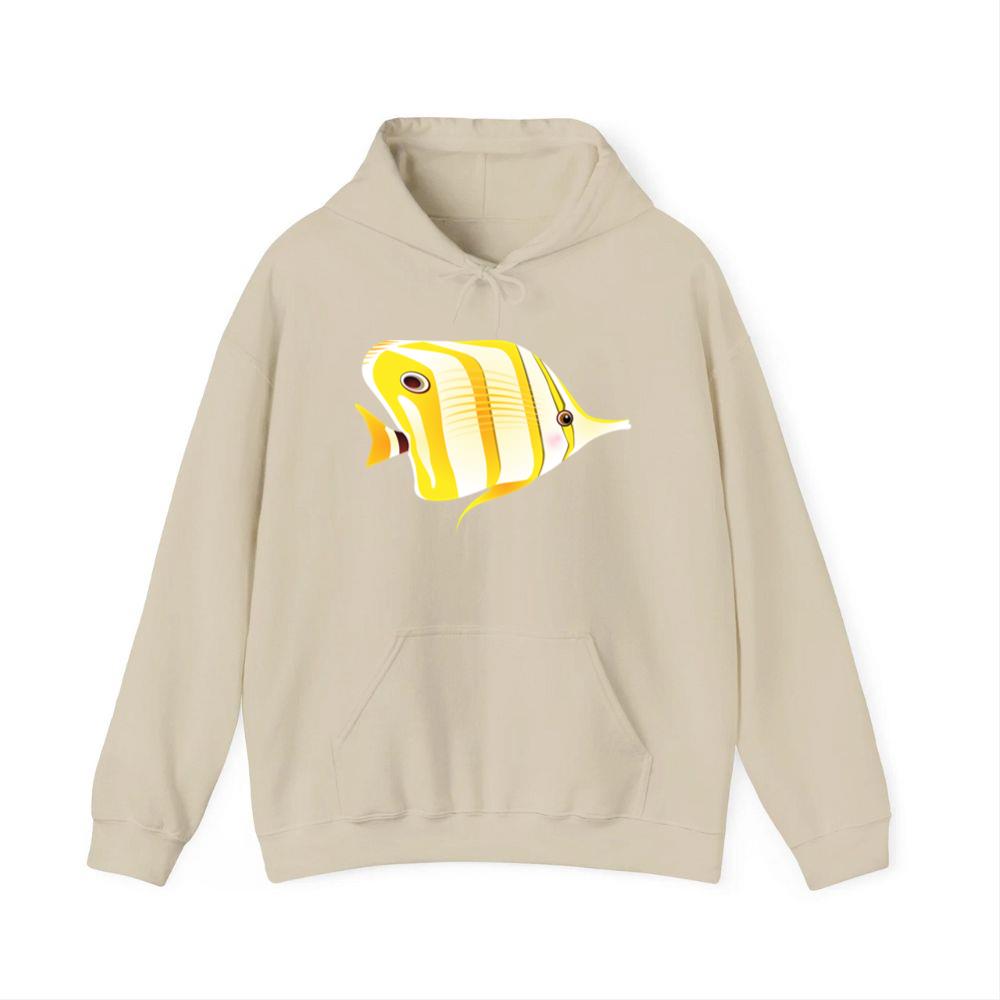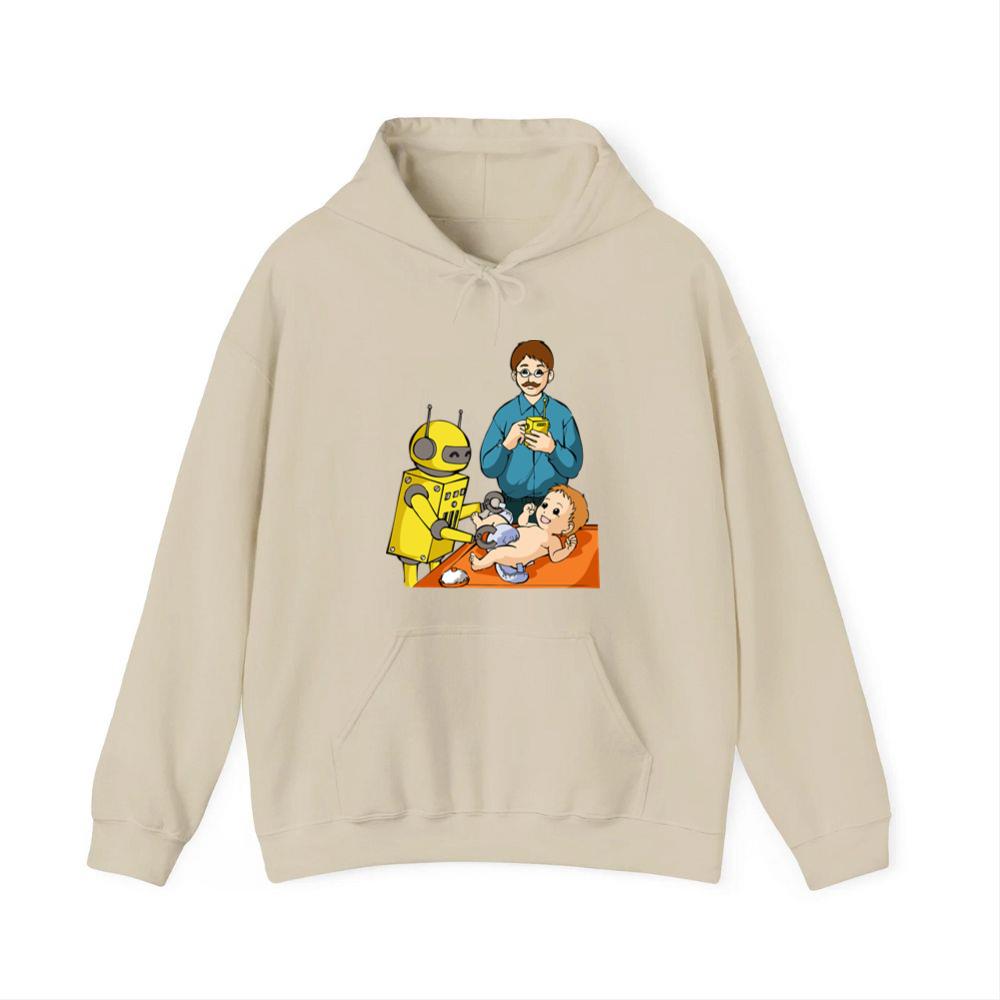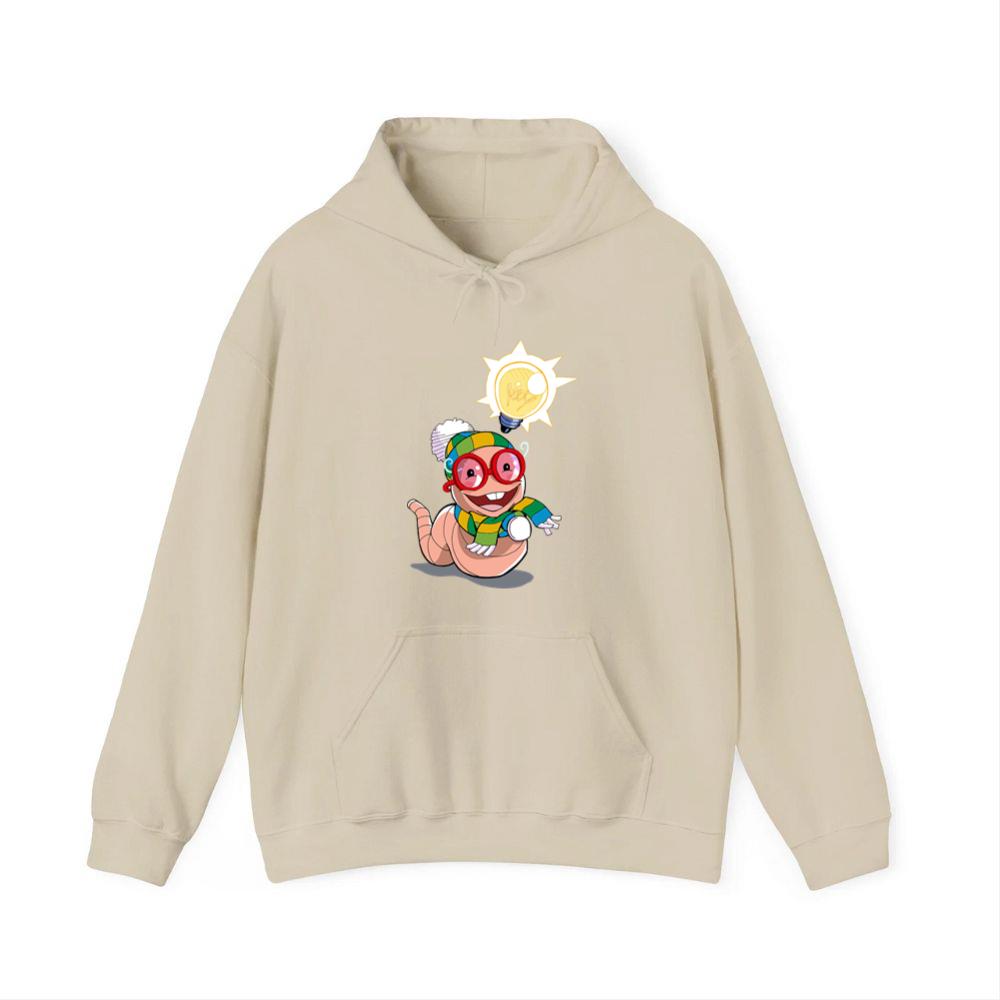Introduction
Fashion in 2025 is no longer dictated by designers alone—it’s reimagined, redefined, and reowned by the wearers themselves. At the heart of this movement is Generation Z, a cohort that refuses to be confined by tradition or dictated by trends. Their fashion choices are not just about what’s in style but about what resonates with their inner world. The clothes they wear are a visual language—telling stories of belief, emotion, and individuality. As Gen Z continues to assert its cultural and social influence, the relationship between identity and dress has grown deeply personal, highly expressive, and unapologetically authentic.
The Rise of Personal Narrative in Fashion
Gen Z doesn’t wear clothes—they wear their stories. In an age of digital oversaturation and social fragmentation, young people are using fashion to communicate who they are without needing to say a word. Personal narrative has become the foundation for styling decisions. Outfits reflect mental states, past experiences, cultural heritage, and future aspirations. Whether it’s through color psychology, hand-picked vintage pieces, or DIY customization, every garment is curated with intention.
Fashion as a Form of Rebellion and Redefinition
For Gen Z, fashion is protest. It’s a tool for challenging outdated norms, breaking gender binaries, and demanding inclusivity. Traditional aesthetics are often subverted or dismantled to create room for fluidity and new perspectives. Oversized silhouettes, non-gendered collections, and deconstructed materials have become symbols of rejecting rigid expectations. Through this redefinition, Gen Z uses fashion to assert control over their narrative and resist the pressure to conform.
Social Media’s Role in Shaping Style Identity
Social platforms like TikTok, Instagram, and Pinterest have become style incubators. Gen Z fashion thrives in the feed—driven by memes, micro-trends, and digital communities. What makes this generation unique is their ability to remix, reinterpret, and redistribute inspiration in real-time. Social media doesn’t just shape how they dress; it amplifies their identity. Style influencers are no longer celebrities but peers, often discovered through hashtags or stitched videos. These platforms allow Gen Z to build collective fashion identities while still embracing personal uniqueness.
Sustainability as Self-Expression
The Gen Z wardrobe is deeply tied to conscious consumption. Fashion isn’t only about aesthetics—it’s about ethics. Thrifting, upcycling, renting, and supporting local or sustainable brands are more than trends; they’re extensions of personal values. Dressing responsibly is an act of identity for Gen Z, signaling their alignment with climate awareness, anti-waste culture, and slow fashion. Garments become symbols of activism, with each piece telling a story not just of personal taste but of social responsibility.
Gender Fluidity and Identity Liberation
Gen Z has moved beyond the binary, and so has their fashion. Expression is unbound by male and female categories, resulting in wardrobes that blend skirts with sneakers, nail polish with bomber jackets, and everything in between. Brands that embrace genderless design and inclusive sizing are thriving, while those that cling to outdated gender roles are losing relevance. This shift is less about shock and more about truth—truth in living and dressing according to one’s authentic self.
Cultural Roots and Global Influence
Rather than assimilating into a singular aesthetic, Gen Z draws proudly from their cultural heritage. Fashion becomes a bridge between ancestral identity and modern context. Traditional garments are reworked with a contemporary twist, indigenous patterns are worn with pride, and cultural rituals are honored through clothing choices. In a hyper-globalized world, Gen Z’s fashion identity is one of cultural celebration, not erasure.
Tech-Driven Fashion and Digital Identity
Avatars, virtual closets, and AR filters are now part of Gen Z’s fashion vocabulary. Dressing no longer happens exclusively in the physical world—digital fashion offers limitless self-expression. Whether through wearable NFTs or avatar skins in the metaverse, Gen Z is pioneering how identity and style intersect in virtual spaces. This technological expansion doesn’t replace real-world fashion; it complements and enhances it, offering new layers of storytelling.
The DIY Movement and Creative Autonomy
Customization reigns supreme in Gen Z’s fashion ethos. Whether it’s hand-painted denim, iron-on patches, or reconstructed thrifted garments, creating something one-of-a-kind is a powerful form of identity-making. Platforms like Depop and Etsy serve as creative playgrounds where Gen Z doesn’t just shop—they sell, design, and collaborate. Wearing self-made pieces reflects a broader desire for agency and a break from mass-produced sameness.
Mental Health and Emotional Dressing
Outfits today often mirror the internal emotional landscape of their wearers. From dopamine dressing (using bright colors to elevate mood) to soft aesthetics that promote calm and safety, Gen Z is dressing with mental health in mind. Clothing becomes a wellness tool—used to soothe, empower, or even communicate distress. With mental health being a central concern for this generation, fashion acts as both armor and language.
Conclusion
Gen Z’s approach to fashion is a revelation. It reclaims clothing as a deeply personal, multifaceted expression of self—layered with meaning, rooted in truth, and pulsing with innovation. No longer bound by commercialized trends or external judgment, Gen Z wears who they are. Their fashion is internal before it’s external. And in doing so, they are not just changing how we dress; they’re transforming what fashion means.
From garments stitched with stories to pixels painted with pride, Gen Z is dressing from the inside out. Fashioned from within—and the world is taking notice.

